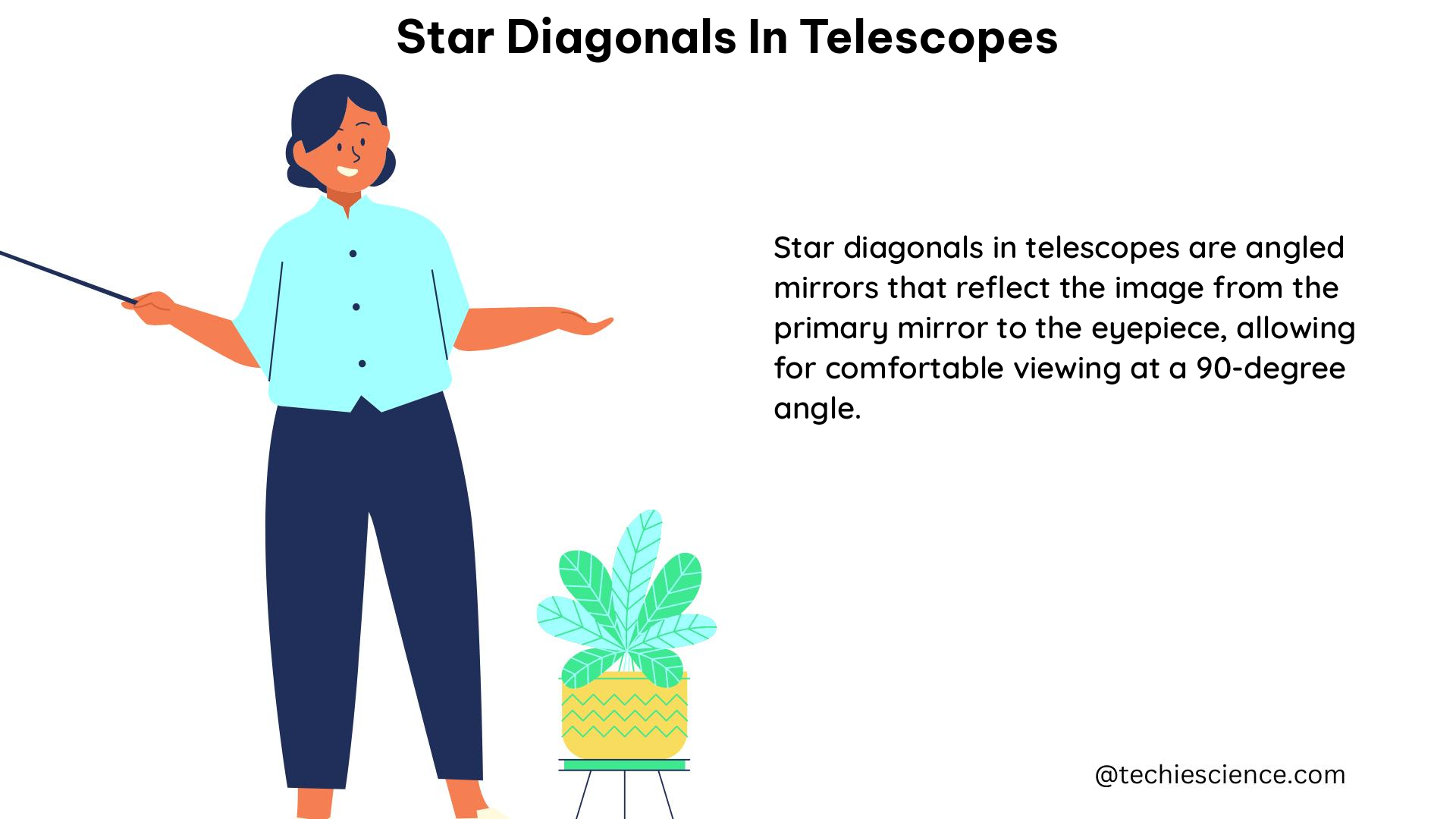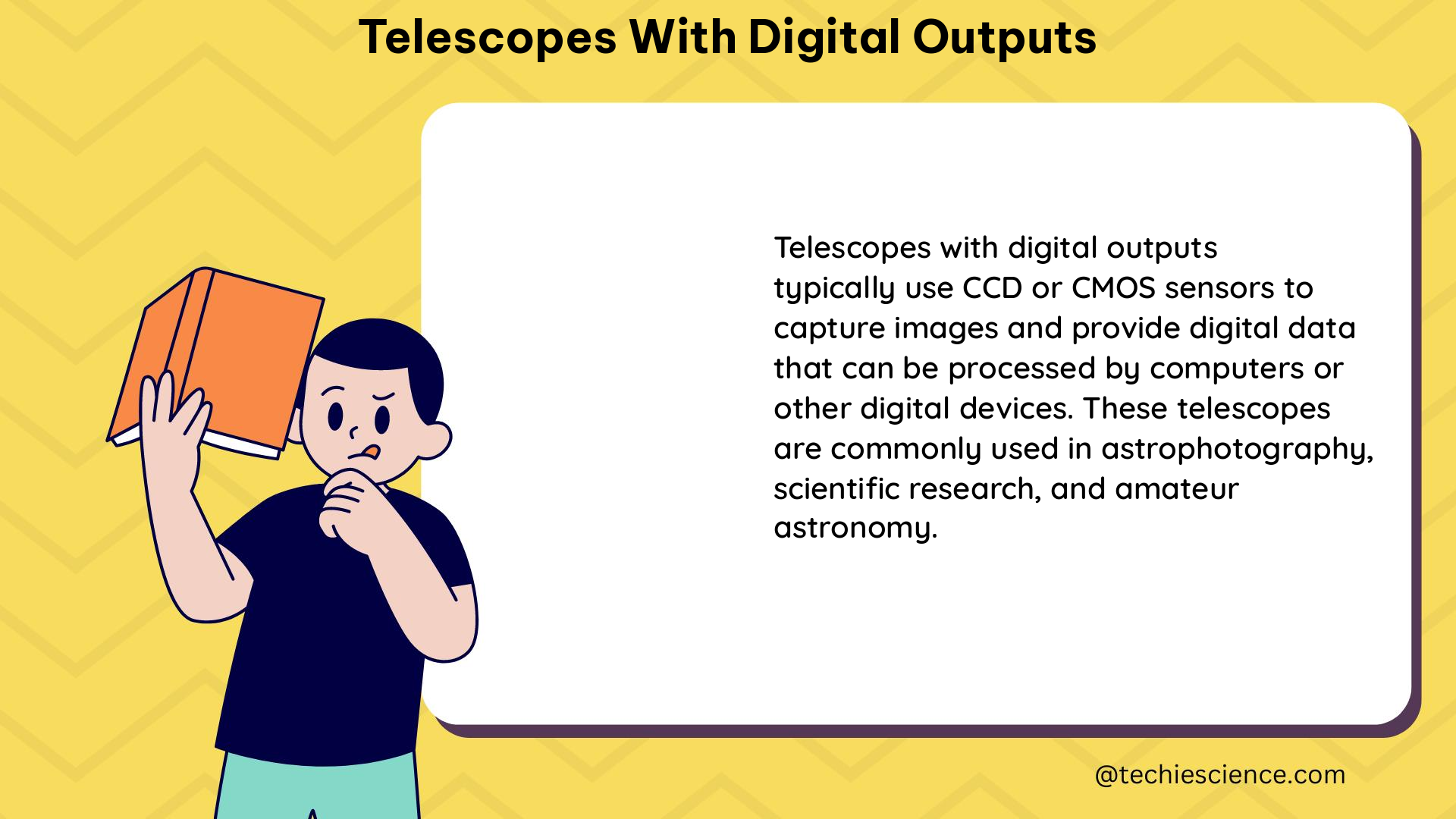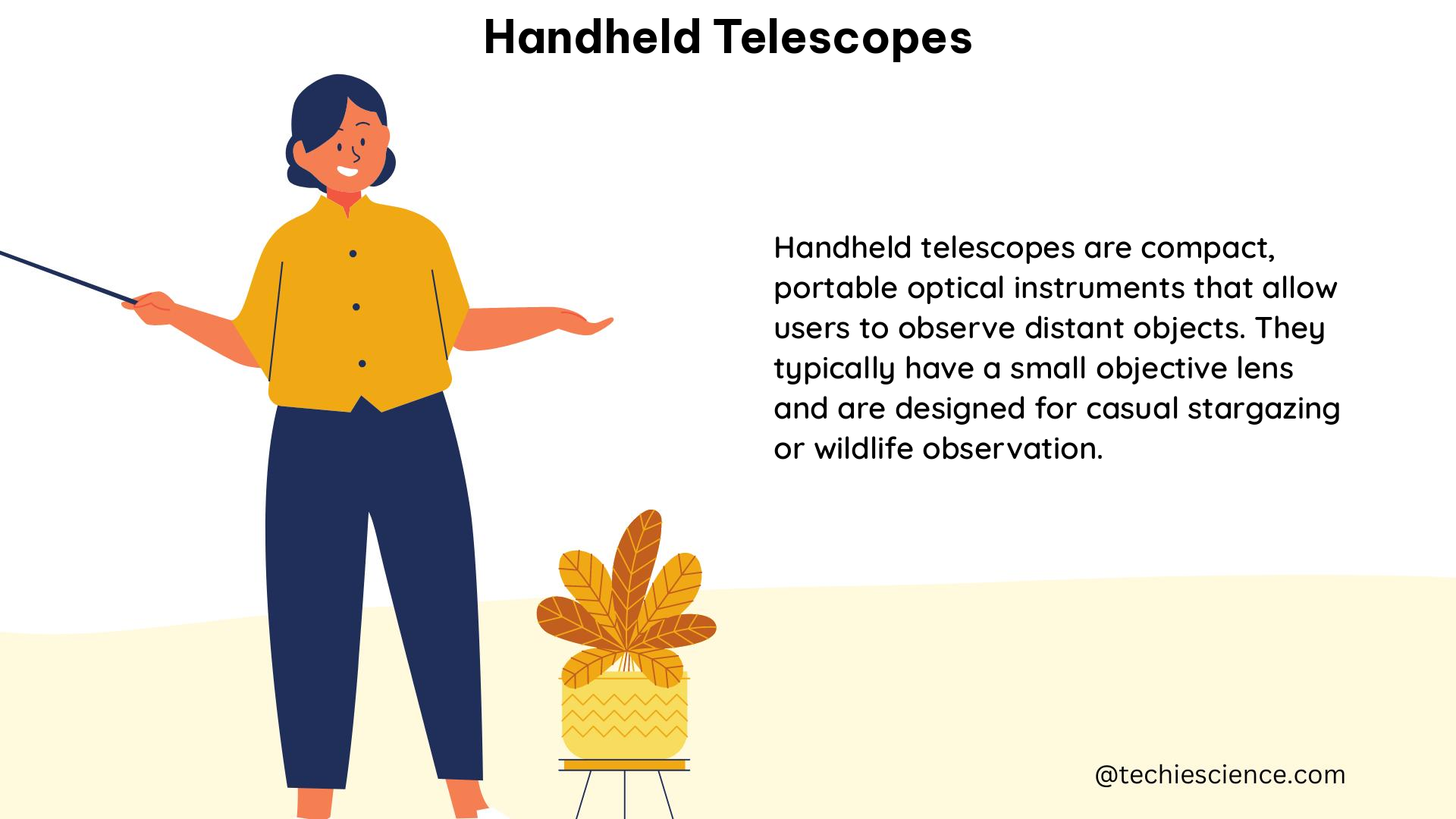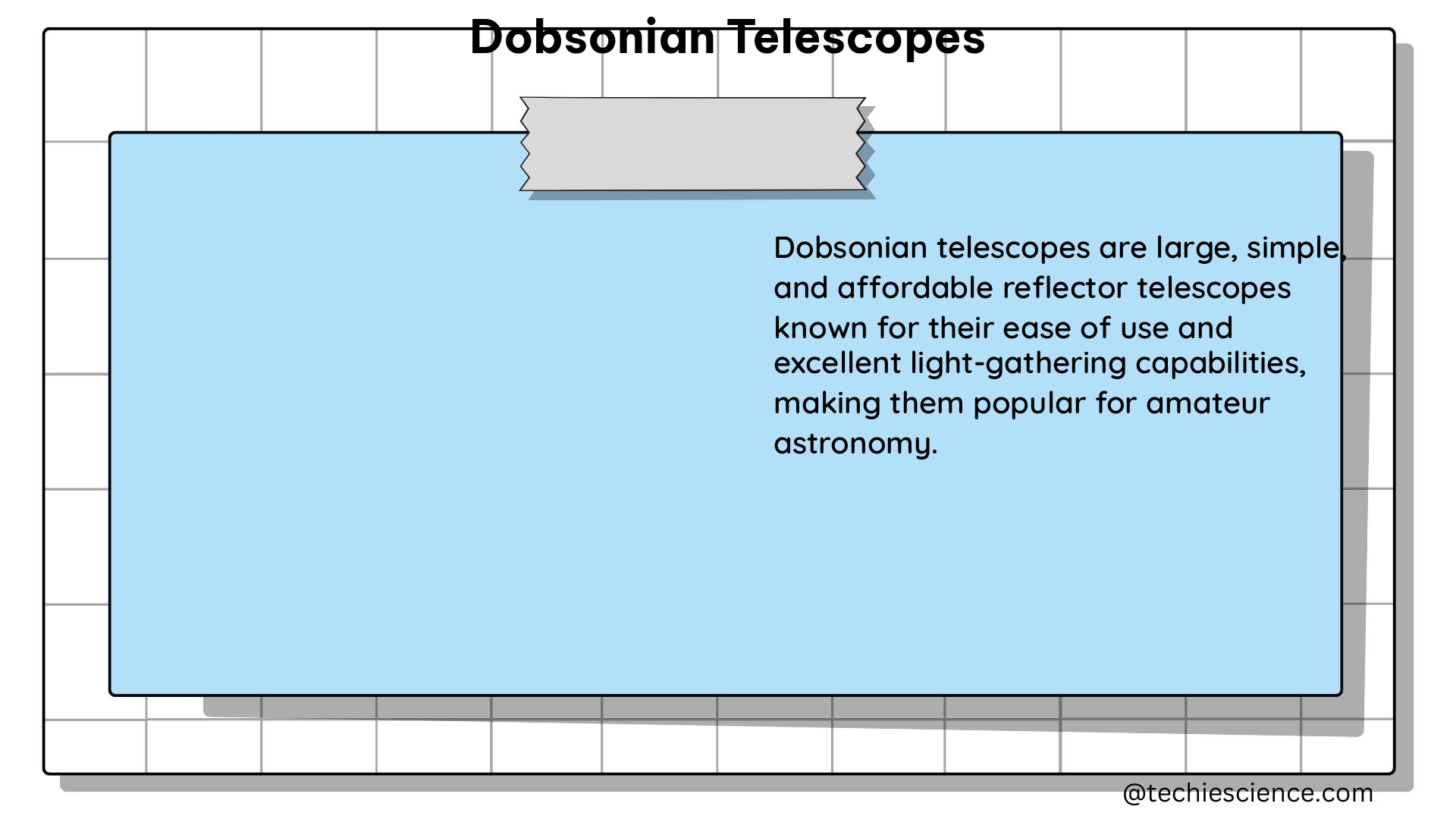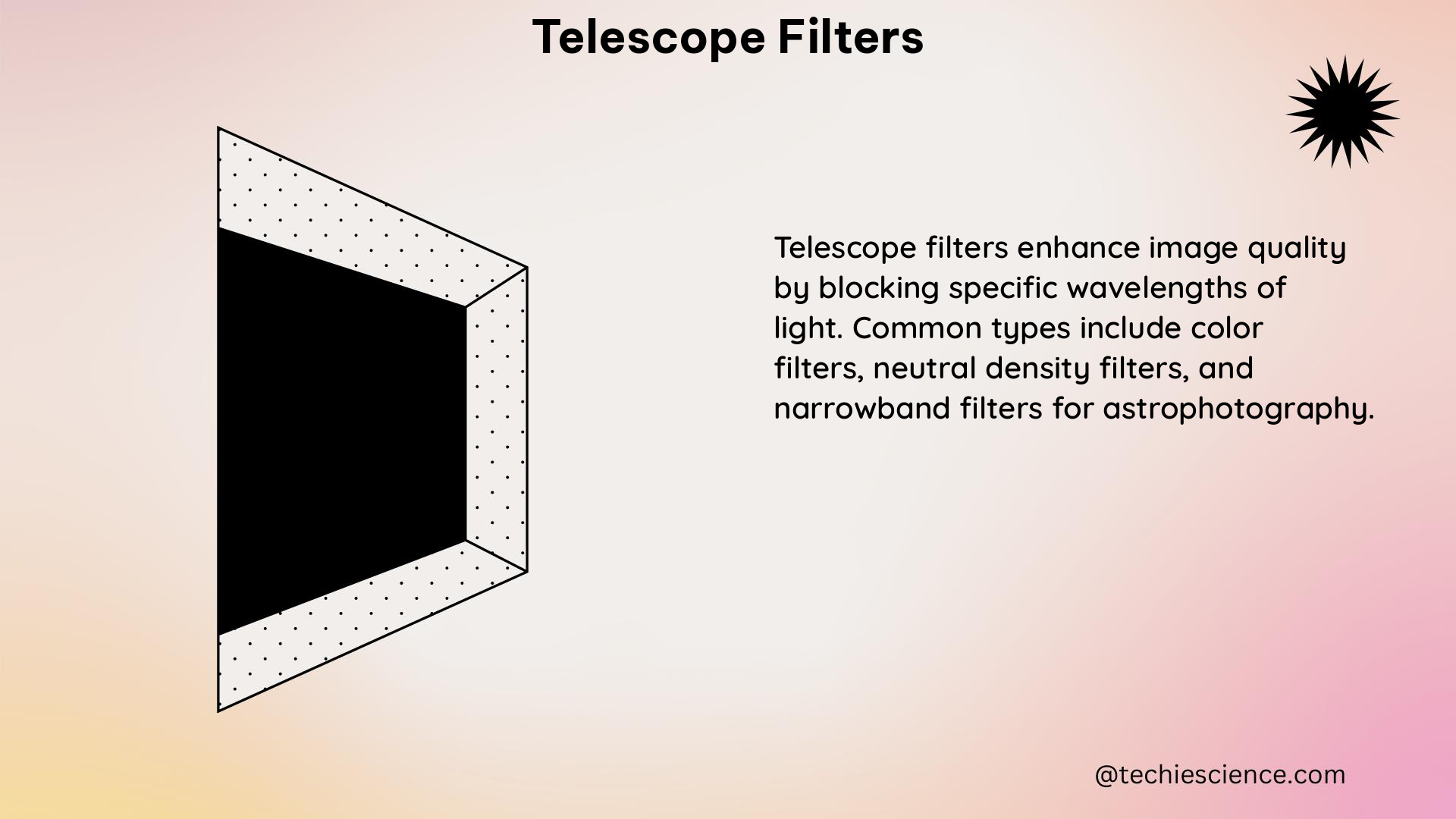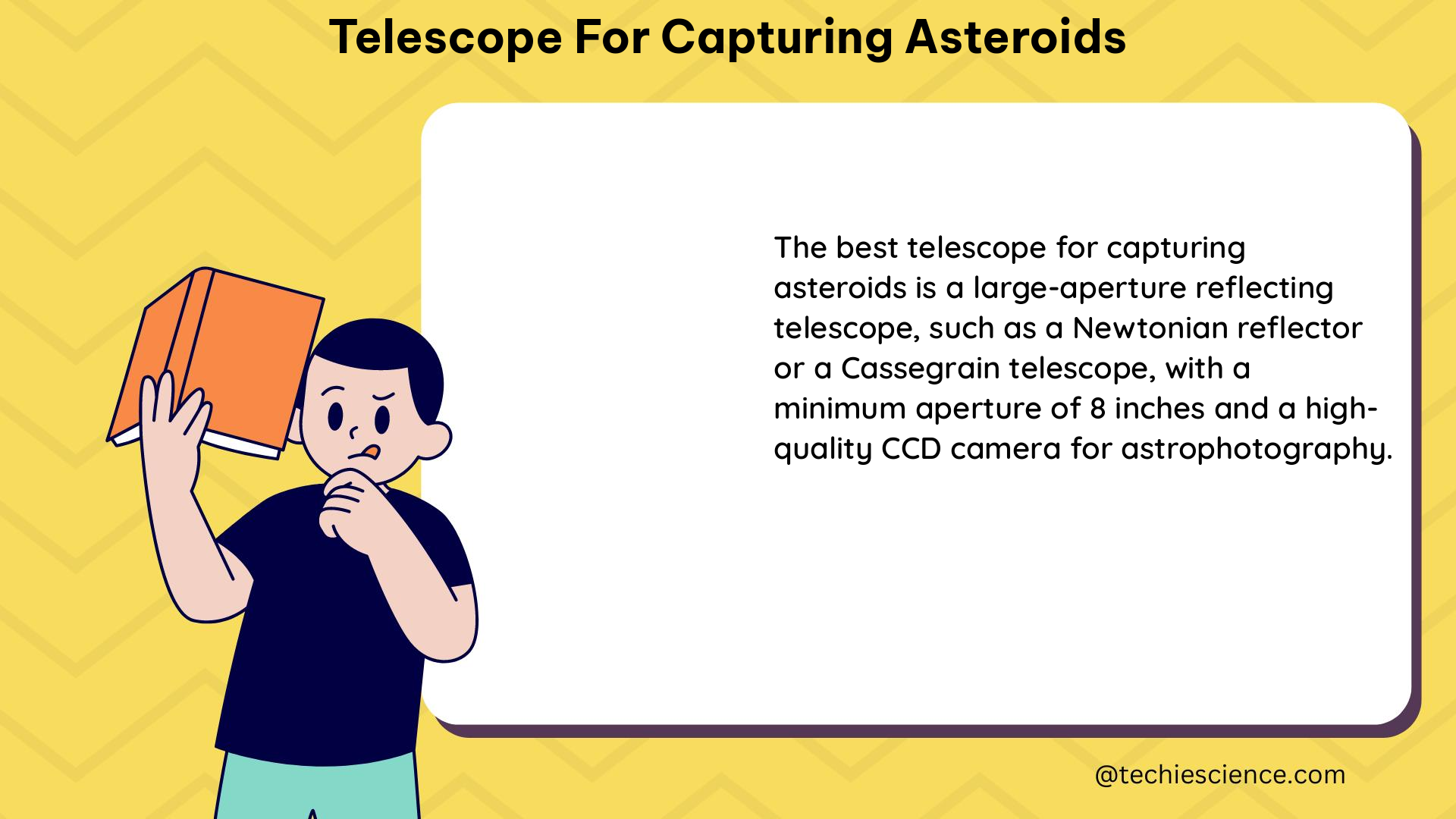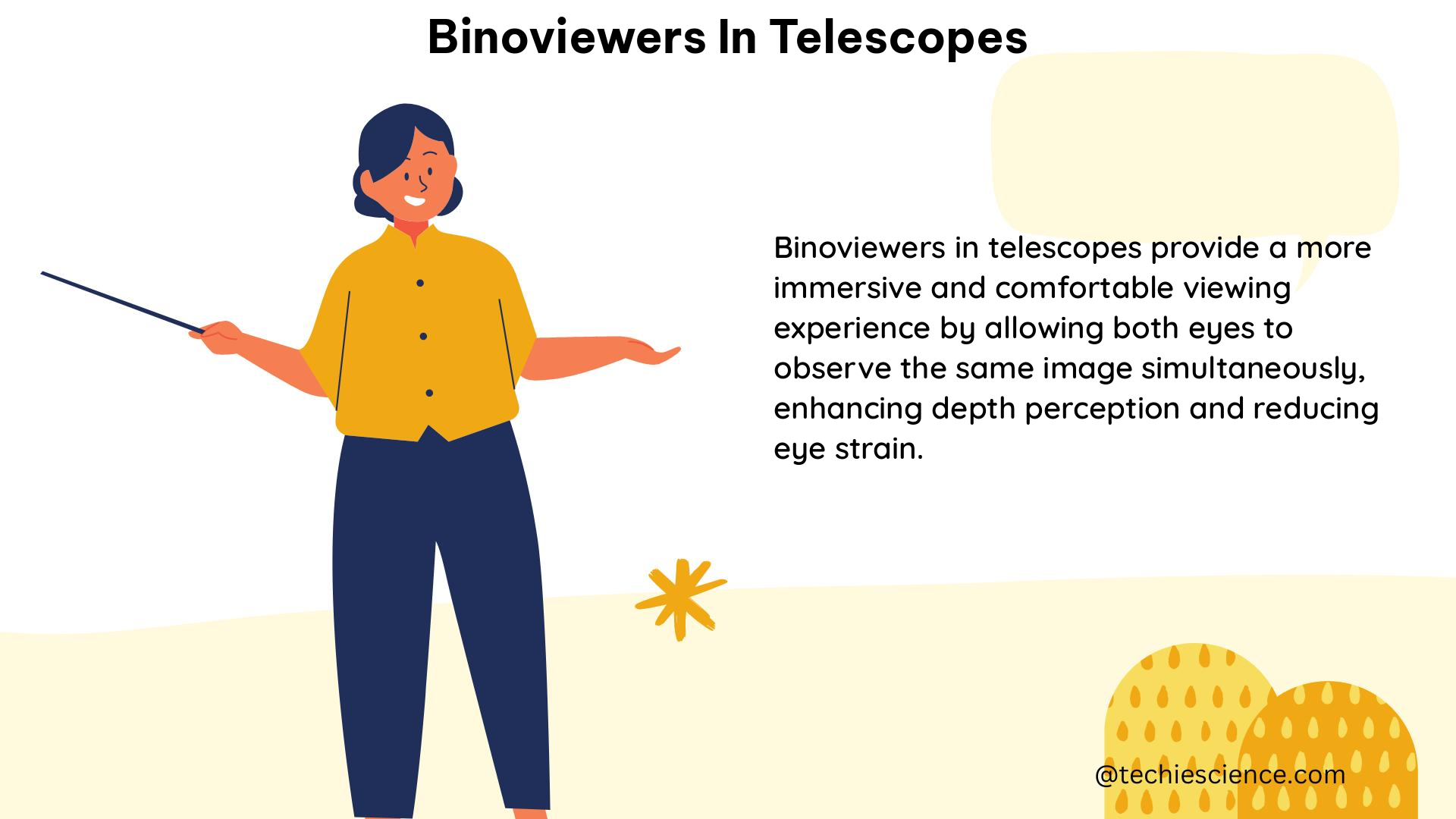Star Diagonals in Telescopes: A Comprehensive Guide for Physics Students
Star diagonals are essential accessories for refractors or Schmidt-Cassegrain telescopes, providing a comfortable, upright observing position by bending the light collected by the telescope through 90° before projecting it into the eyepiece. These versatile components come in various technologies, including aluminized (Al) mirror, silvered (Ag) mirror, dielectric mirror, and glass prism, each with its own … Read more
